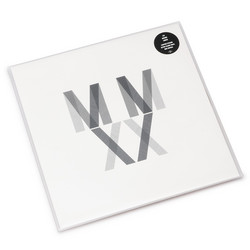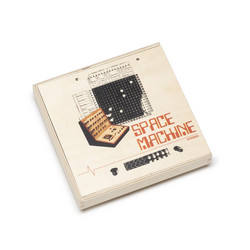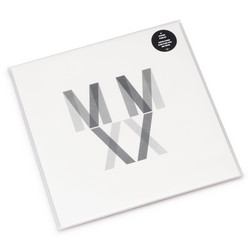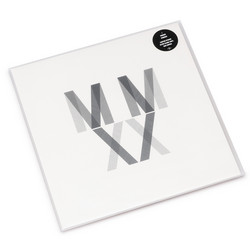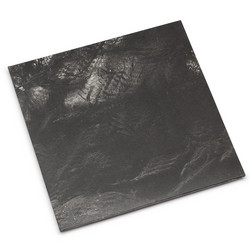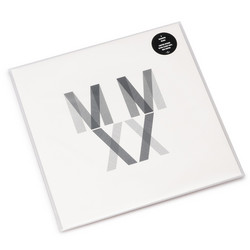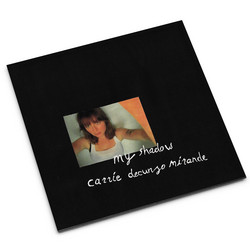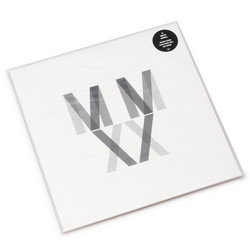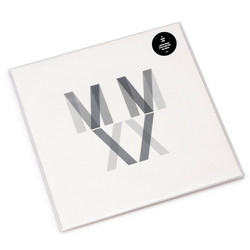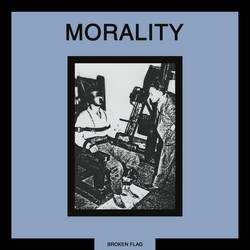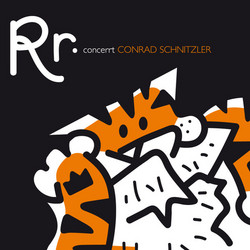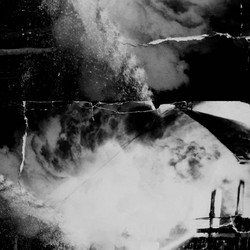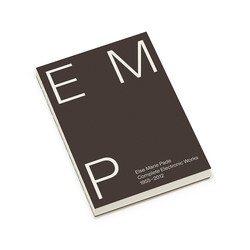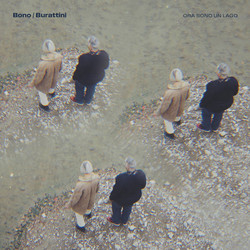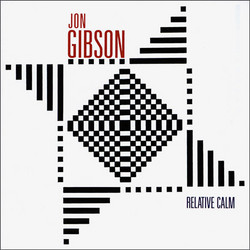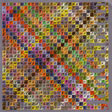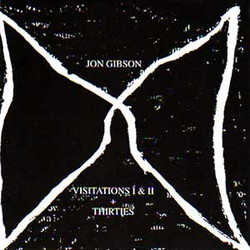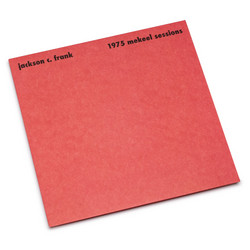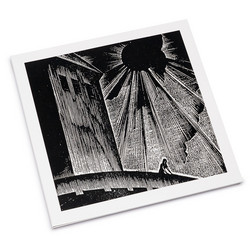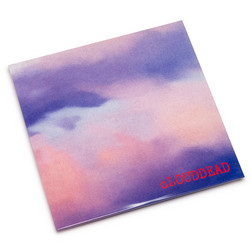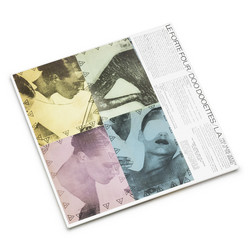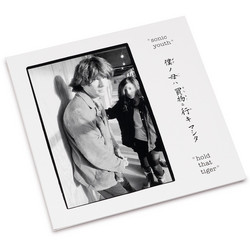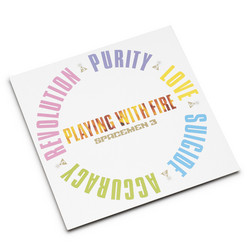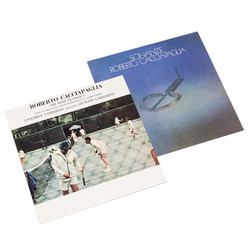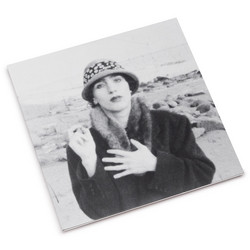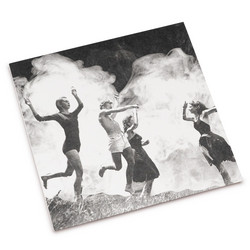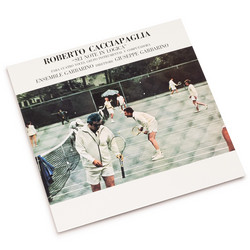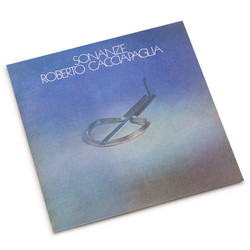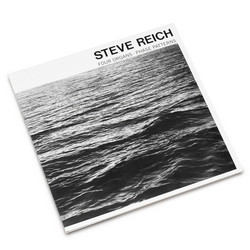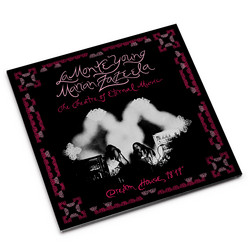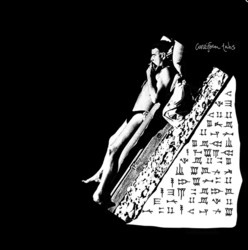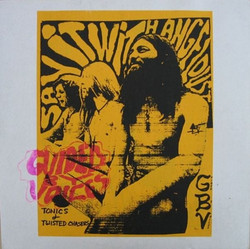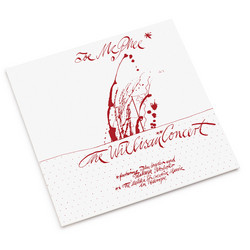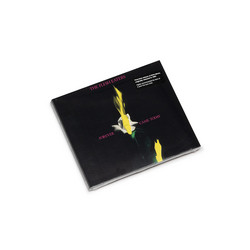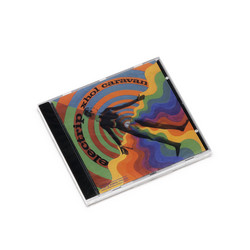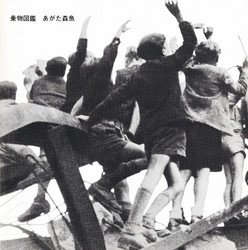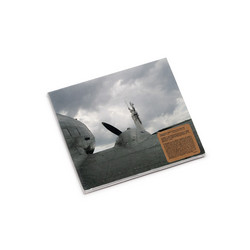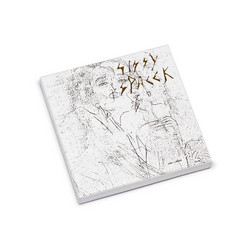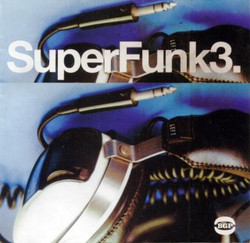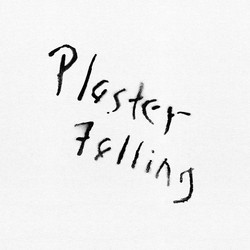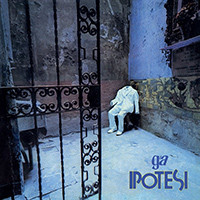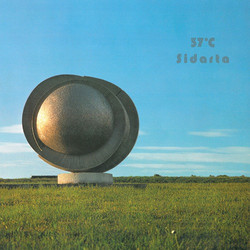Alan Licht's minimal Top Ten
Alan Licht's revelatory lists of rare and obscure minimalism releases.
See allMASTERPIECE!!!"Since the mid-1960s, Jon Gibson has played a key role in the development of American avant-garde music. No other artist has performed in the world premieres of Terry Riley's 'In C,' Steve Reich's 'Drumming,' and Philip Glass's 'Einstein on the Beach,' three major works that changed the course of musical history. While his expertise on woodwind instruments made Gibson a go-to collaborator in Reich's, Glass's, and La Monte Young's ensembles, less known are his remarkable contributions as a composer and visual artist. Visitations, Gibson's first release under his own name, originally appeared on the Chatham Square imprint in 1973. Inspired by the books of Carlos Castaneda, Gibson departs from the structured repetition of his minimalist peers and takes the listener on an aural journey -- spanning organic field recordings, ambient flutes and synthesizers, and free-flowing textures. Visitations' two side-long tracks are at once solemn and unsettling, making this an astonishing debut that firmly establishes Gibson as a pioneer in his own right. This first-time vinyl reissue is recommended for fans of Cluster, Harold Budd, and Phill Niblock."
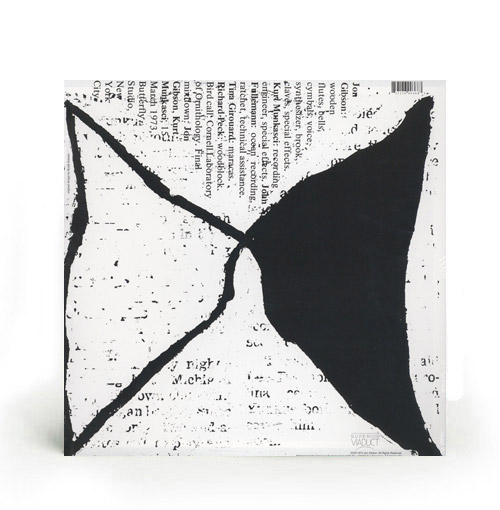
"One welcome re-release and a new release of two legendary pattern music classics. The hypnotic and exotic Visitations (1973), subtitled "a 16-Track Multi-Textured Environmental Soundscape," originally on Chatham Square Records, features slowly changing wind instrument (saxes, wood flutes, etc.) sweeps and sighs with a dense and gradually evolving timbre of rolling cymbals, bells, shakers and rattles, environmental sounds (water, etc.). The newly released live concert performance of Thirties (1970) at the London ICES Festival (August 19, 1972) features nine percussionists (on tuned and un-tuned instruments), two keyboardists, and electric violin. The structure is built around subdivisions of the number 30 (1, 2, 3, 5, 6, 10, 15, 30) contained within the 32-beat cycle played on just two alternating notes or ranges (C, A, or a high sound and a low sound). Marvellous and unpredictable beat patterns and timbres result as the performers freely move among the notations coordinated only by a set of four 16ths played in unison by the whole ensemble. This London performance evolves spontaneously through sensations and textures of machine rock, Gamelan, progressive jazz, etc. never losing its distinctive, hypnotic pulse and character: a feeling of eternal heartbeat and thought. (See also Gibson's deeply evocative sax solo Ballade in the collection A Confederacy of Dances, Vol. 2)." AllMusicGuide



